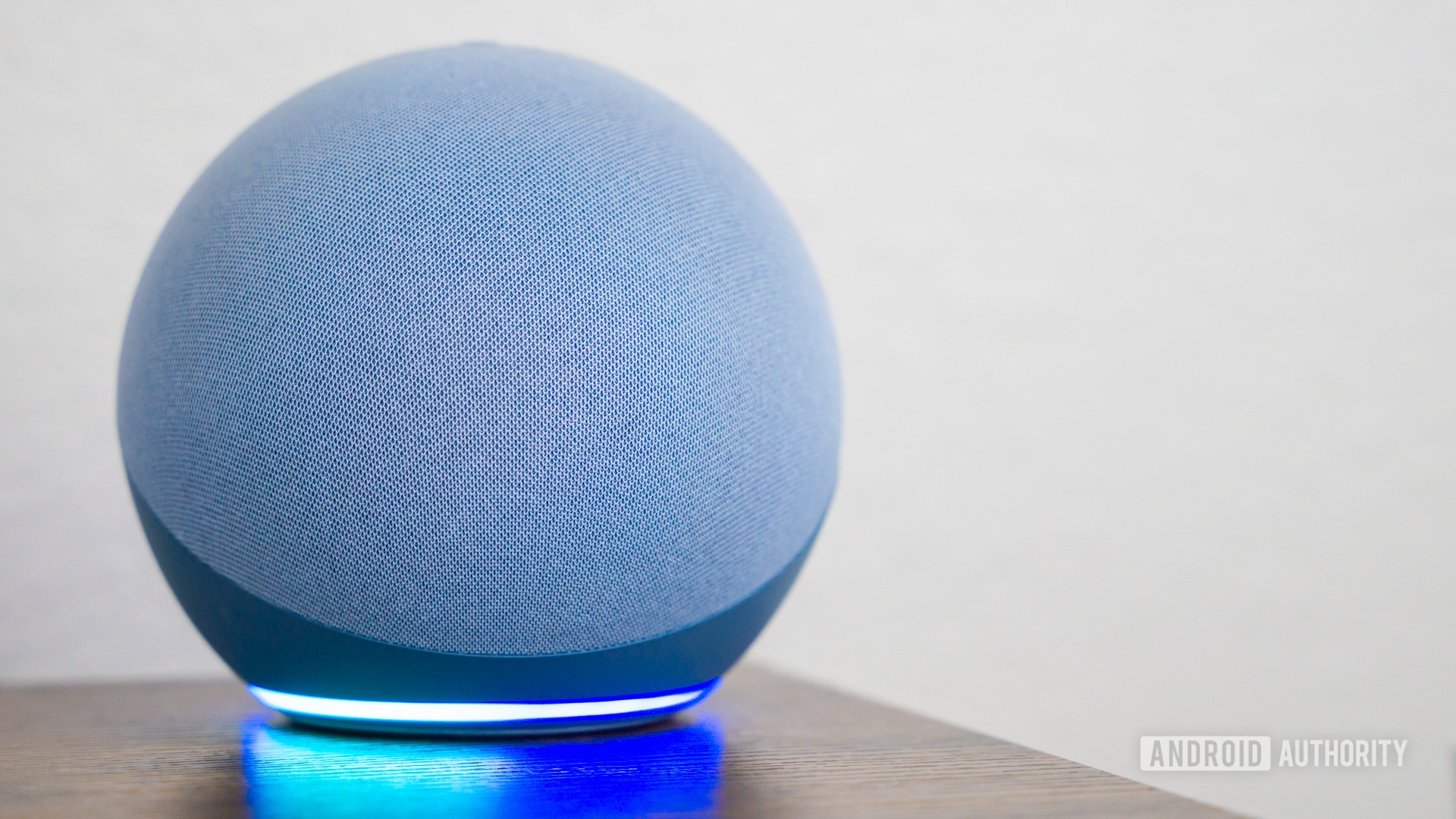Since Walter A. Shewhart invented the control chart, it is often referred to as the Shewhart chart. Process behavior chart is another name for it. This allows us to observe how the process has evolved over time. During the control charts six sigma project, we typically read the Control chart. To view the process behavior or to hear the voice of the process, a control chart is initially employed (VoP). Only after our method is reliable, we consider launching the project. Otherwise, we need to first stabilize the process by imposing one of the seven efficient quality tools in it.
When we say a process is stable, we imply that all the data points fall within the acceptable ranges and that there isn’t any cause for the process to be unstable. Nowadays lean six sigma green belt course is in demand, everyone should learn this course for a better future.
What is a Control Chart?
Variations exist everywhere and are a part of every activity. Therefore, neither a common cause variation nor a specific cause variation is possible. The control charts show how these differences affect our process over time, indicating whether it will remain under control or go outside of its bounds. We can see this variance with the use of control charts. The average or mean line serves as the primary line in control charts, and the Upper Control Limit (UCL) and Lower Control Limit follow (LCL). The upper and lower control limits are separated from the center line by three standard deviations on either side. The higher warning line and lower warning limit are also options.
The next issue is which distance from the center line will standardized deviations away. This restriction is the one that alerts us when data points cross it, since doing so it might render the process unstable.
Significance & Objective of a Control Chart in Six Sigma
In order to see the special cause variation, we need a control chart. Special cause variation may not always represent the bad aspect of the process; on occasion, it also serves as a positive indicator. If there is a particular reason for the process variation, we may take preventative measures to keep that unique cause from causing process variation in the future. In a similar vein, if a flat tire causes us to be late, we may take steps to prevent it from happening again. Since the special cause may be avoided but the common cause cannot be avoided, it is also known as the assignable cause.
One of the purposes of using a control chart is to determine if our process is stable or not. If the process is found to be unstable, we must take action. It even identifies whether a variation’s cause can be assigned or not. The control chart usually simplifies a process without addressing its assignable causes.
It aids in estimating the variance and detecting the process average (the spread in the histogram). We must comprehend that the process under control is more crucial. The process means should also be checked, and all the data points should fall inside the Upper and Lower Control Limits. By doing this, we can assess the capability of our process and decide what we want to do with it.
Get to know more about the advantages of implementing six sigma.
Where can we examine the Cp and Cpk Process Capability?
We could see the process improvement utilizing the control chart, as well as the process average and its comparison to the previous process mean. This informs us of the degree to which our process is under control. The control chart follows the same principles as a normal chart in that 68 percent of data points must lie within the first standard deviation, 95 percent must be within the second standard deviation, and 99.7 percent must be within the third standard deviation.
There are additional considerations in addition to these. As follows:
- When is it necessary to forecast the possible outcomes?
- How can stability be tested?
- When must the pattern of process variations be observed?
- When and how may quality improvement aid in identifying the particular issue and preventing it?
How to Create and Use a Control Chart?
By entering the data into Minitab and utilizing the control chart as appropriate for the data kinds, we can generate a control chart using Minitab.
We can create six sigma control charts in Excel if we don’t have a Minitab. We must enter all the data points into Excel, average them, and then use the standard deviation algorithm to calculate the standard deviation. After reaching the third standard deviation, we continue and utilize the graph.
We may create and use the straightforward I-MR chart shown above for continuous data types.
When to Use a Control Chart?
- At the beginning of a project or whenever we want to see the VoP, we may utilize a control chart. We can even determine the purpose of the project by looking at the VoP.
- With the use of a control chart approaching the project’s conclusion, we may also see process improvement. This would also assist in determining the success or failure of the endeavor.
- A control chart may also be used to assess the process’ stability, confirm that it is stable enough to be improved, and make any necessary adjustments where they are needed.
A control chart contains a four-state process.
Below is a discussion of the 4 process states in a control chart:
- The ideal situation is one in which the process is under control and all data points are within acceptable ranges. No non-conformance exists.
- The threshold state is when some non-conformance occurs over time even when data points are under control, or the process is steady.
- The process is in control in this condition but is just on the verge of making mistakes.
- The process is out of control and unforeseen non-conformance occurs in the fourth stage.
Types of Control Charts
Since the data types of control charts six sigma, there are roughly seven different types. The I-MR Chart, X Bar R Chart, and X Bar S Chart are the three forms of control charts that may be used if the data type is continuous.
The four different forms of control charts—P, Np, C, and U Charts—are used when we have a discrete data type. These categories are all explained as follows:
We utilize I-MR charts, which stand for Individual Moving Range Charts, when we cannot segment the data because there are not enough data points or perhaps the product requires a lengthy production cycle. Here, the data points in the Control Chart are displayed first, followed by their difference in the chart.
This is used for continuous data when there are two or more subgroup sizes. To ascertain whether a process is stable and predictable, use the standard chart for variables data, X-bar charts, and R charts. In the X bar chart, X represents the meaning of all the subgroups while R represents the range of all the subgroups.
We examine the mean of the subgroups and the variance of the process in the X Bar S chart. It may be used for more than 10 subgroups and is utilized for subgroup sizes greater than two.
Continuous data is used in the aforementioned graphics. Now let’s talk about discrete data. Since discrete data is divided into two categories, I faults and (ii) faulty, and because the size of the constant subgroup fluctuates, there are four different types of charts for discrete data.
- Control charts for P and Np
When examining faulty data points, the P and Np charts are used to assess the process’ stability. The P chart is used when the sample size changes, but the Np chart is used when the sample is constant. This is the major distinction between the two charts.
- Control charts for C and U
The stability of a single unit, which may contain several defects, is checked with the use of the C and U charts. for instance, the quantity of flaws in a single pen. Additionally, we can detect flaws in one sample of the same magnitude or different flaws in other samples.
When there are several defects and the sample size is fixed, a C control chart is employed. U Control Charts are employed when there are several defects and when the sample size is not fixed.
Benefits of Using Control Charts and Who Can Benefit from Its Use?
Since the Statistical Process Control (SPC) is a sort of early warning system that alerts you when your process is about to spiral out of control if no preventive action is done, it aids in lowering the margin of error.
Additionally, it demonstrates if the process is in control or not and what factors contribute to its loss of control. As a result, we can do the activity without creating a mess.
Selection of the Right Control Chart
Control chart is a time series graph with the control limits on both its sides and process mean at center. If the values lie outside the control limits, it shows that the process is out of control. There are various other criteria through which we can detect the out-of-control nature of the process.
The use of control chart becomes important in Process control. The use of correct control chart helps us to differentiate between a common cause and a special cause. Knowing the type of variation helps us in setting up the right path to improvement.
The type of data to be used, the size of the subgroup or sample, and other factors all affect the choice of the best control chart.
Conclusion
In summary, a control chart is a blessing for process improvement and aids in taking the appropriate preventative action for factors that might result in the process spiraling out of control. The many kinds of control charts and their applications in the real world have been covered in this article. You can learn this in lean 6 sigma training courses.
In reality, a control chart should be utilized periodically to monitor the functioning of your process since it acts as a kind of physical. When commencing a Six Sigma project, as well as throughout the Improve phase, we may utilize a Control Chart to put some important improvement steps into place and take certain corrective actions to keep the project under control. We have many trainingcourses in market like knowledgehut lean 6 sigma training courses.
Frequently Asked Questions (FAQs)
1. What are the 4 types of control charts?
Control Chart Types (SPC).
- Range “R” control chart. X bar control chart.
- Typical Deviation “S” control graph.
- Charts of Attribute Control: … control charts for the variables “u” and “c,” “p” and “np,” etc.
- Charts for pre-control.
2. What is a control chart used for?
The control chart is a graph used to look at how a process changes over time. The data are plotted over time. A control chart must always have an average line in the center, an upper line for the upper control limit, and a lower line for the lower control limit. These curves were produced using data from the past.
3. What is a control chart in Dmaic?
The most popular tool at this stage is the control chart. They can undertake analysis and keep an eye on the stability and control of the process. Control charts aid in identifying the reasons behind variance in the new process and the corrective measures that must be taken before there are too many flaws.
4. What is control chart in lean?
A sort of time-based trend analysis tool used in statistical process control is the control chart. In Understanding Variation, Donald Wheeler modified it to a Process Behavior chart because he thought “it is reasonable to use language that is more descriptive of what is intended.”
5. What is sigma control chart?
A straightforward yet effective tool for assessing the consistency of a procedure or operation over time is a six sigma control chart.
6. What are the six sigma control chart examples?
Example of a lean six sigma control chart from Google Images
- X-Bar and R Control Charts are two examples of control charts.
- S and X-Bar Control Charts.
- Charts U.
- Control charts for P.
- Charts for C control.





















Discussion about this post